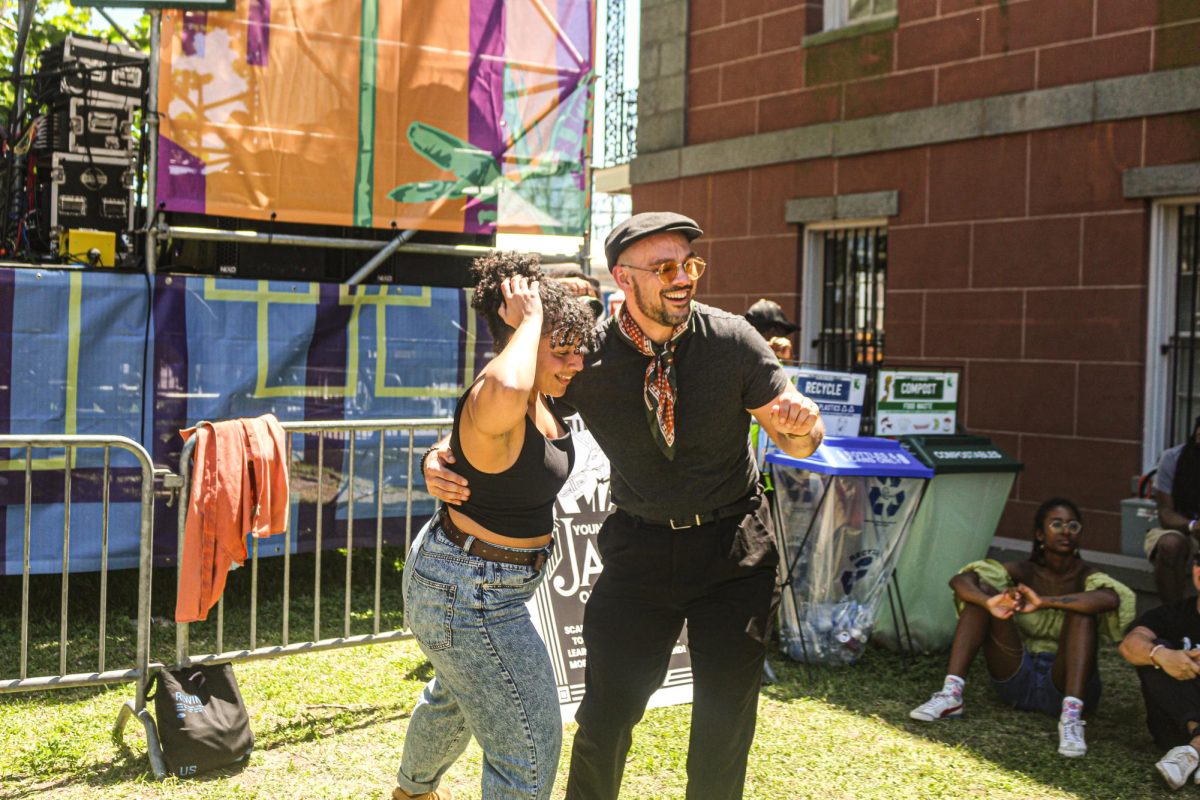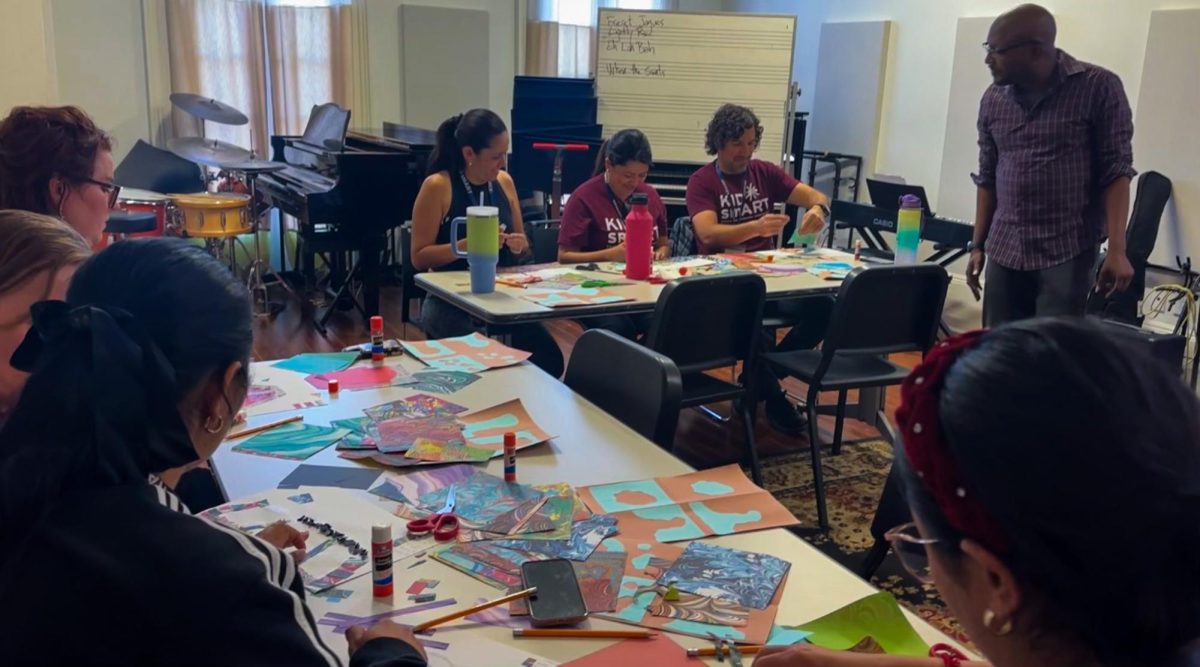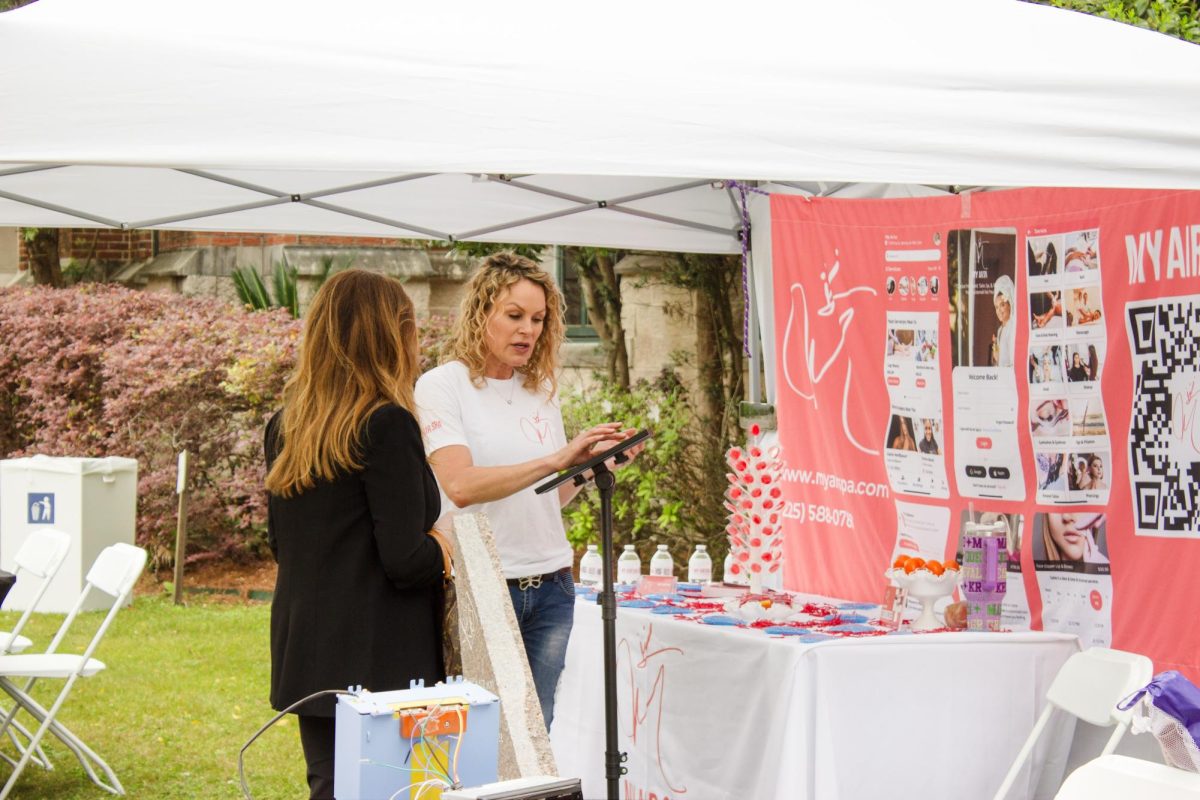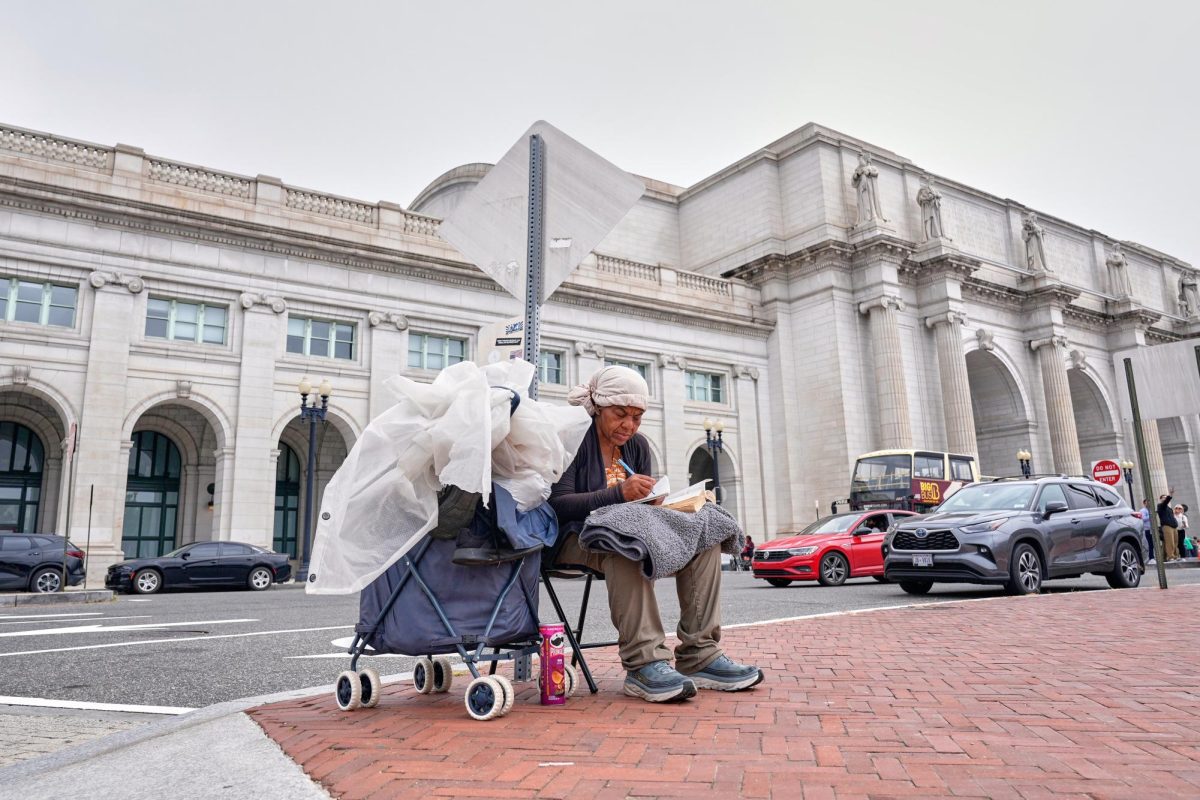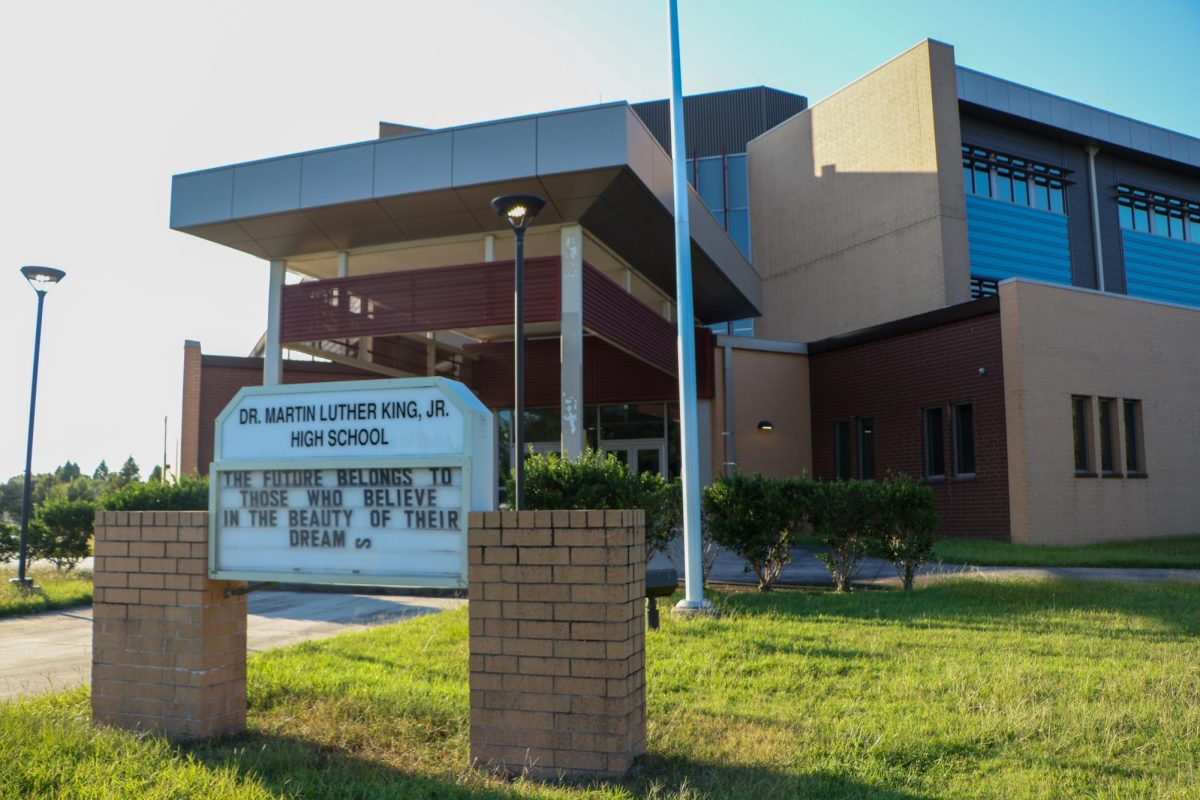Reduce, reuse, recycle. Plastered on posters and printed on trash cans, these three words, accompanied by three rounded arrows, are the distinguished symbol of environmentalism. In recent years, Loyola’s Sustainability Committee has taken action to increase the amount of recycling bins on campus. However, leaders in the sustainability effort acknowledge that many students are not taking advantage of the recycling resources.
Bob Thomas, chairman of University Campus Sustainability Committee, implemented the newest recycling bins on campus two years ago.
“We decided that we needed some attractive recycling bins. The problem with the blue garbage cans was that they are ugly. It was time to invest some money into a pretty presence of recycling,” Thomas said.
The recycling bins on campus are single-stream, meaning recyclables can be combined rather than divided by materials. Bins are collected by staff, picked up by Republic Services and brought to a material recovery facility where recyclables are separated.
Thomas’s biggest criticism of the recycling process at Loyola is that it is not multi-stream. Currently, Loyola pays to have its recyclables separated, but if it did this itself, it would be paid by the recycling facility. However, Thomas said that this transition requires more space and staff than Loyola has available.
The Loyola community plays an integral role in the recycling process. Someone especially involved is Bart Gomez, director of custodial services, who said that the community can improve on the recycling effort.
“They use them, but not nearly as much as they could. When picking up trash, there is usually a lot of aluminum and plastic mixed in that could be recycled,” Gomez said.
For most students, this seems to be an issue of convenience. Sean Presti, business marketing junior, explained that he feels obligated to contribute to sustainability efforts on campus, but does not yet actively participate in recycling.
“I like to walk on a clean campus so I try my best to respect the environment, but when it comes to my trash, I will choose simplicity and throw my trash in the nearest one,” Presti said.
Some students originate from parts of the country that have made larger strides in sustainability efforts than Louisiana, offering other perspectives on recycling. Senior California natives Emma Woidtke and Kirby Rittman compared the difference in environmentalism between regions.
“I went to a high school that always had three bins paired together: garbage, recycling and organics. It pains me that those options are not on campus and even in the city,” Woidtke said.
But Rittman offered a more positive approach.
“Even if New Orleans is super behind in sustainability efforts, as a school community we can do our part and create a need for change whether it is what light bulbs are used in classrooms or getting rid of styrofoam, which has been illegal in San Francisco for over 10 years,” she said.
Other students, like music industry freshman Kat Trotman, argue that they put forth the effort to recycle, but would be more inclined to do so with an increase of bins on campus.
“I know it’s important to try and contribute to a sustainable lifestyle anywhere, though I don’t feel super obligated or encouraged to contribute to sustainability by the school,” Trotman said.
Brigid Richwine, president of the Association of Students for Sustainability hopes to make some changes to increase participation in recycling on campus. In her opinion, students do care about environmental impact, but lack access to tools that can change their habits, something she hopes to change.
“My goal is to have recycling bins on every hall rather than just one per building. I also hope to get more education on campus regarding sustainability,” she said.
Thomas argues that while there is far more work to be done, much of Loyola’s sustainability efforts go unnoticed.
“If you add it all up, we are actually doing a lot but sustainability is invisible. People don’t see it. So they think we don’t do it,” he said.



